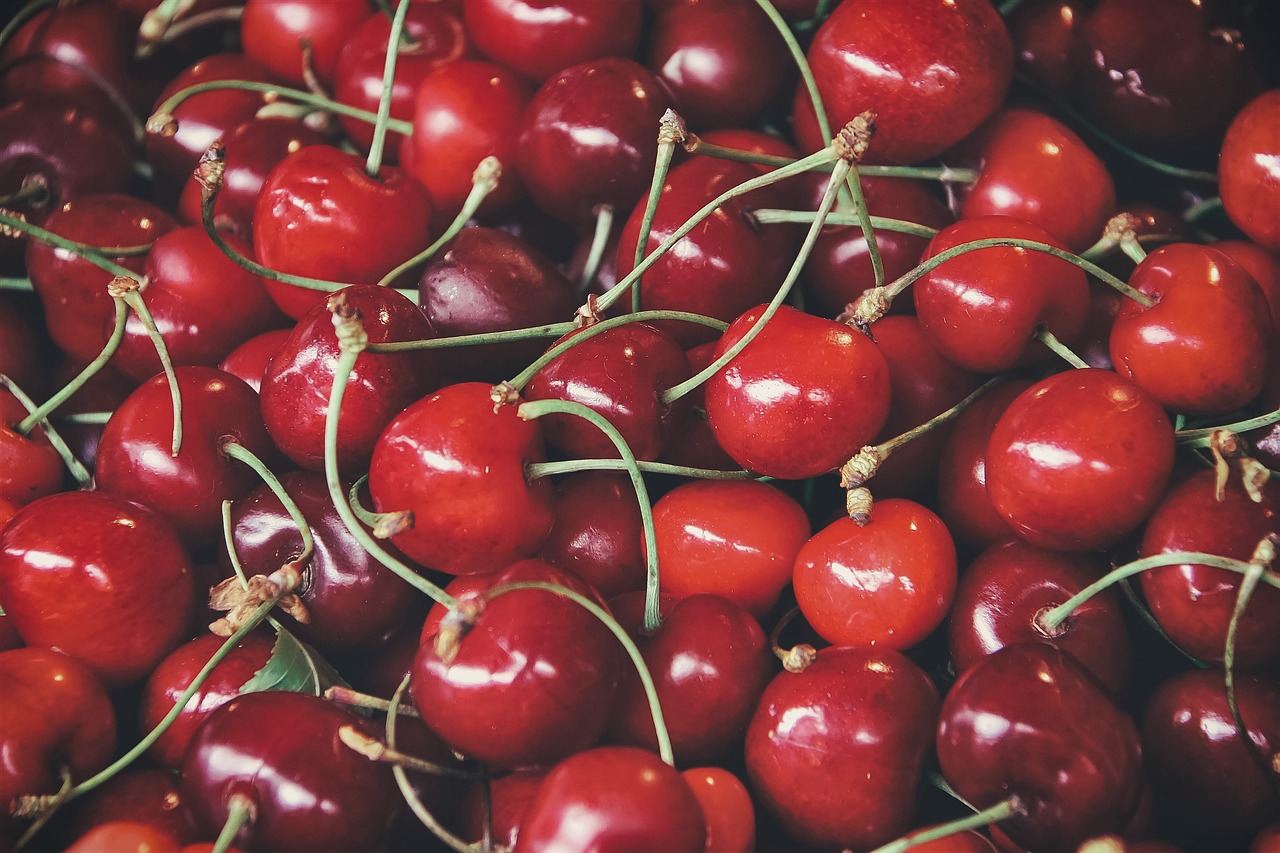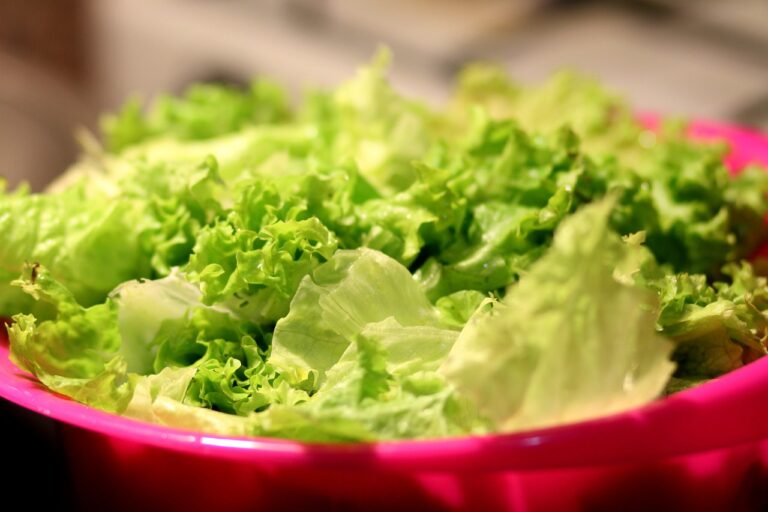From Bean to Brew: Exploring the World of Specialty Coffee
Coffee cultivation dates back to the 9th century in the highlands of Ethiopia, where legend has it that a shepherd noticed his goats becoming more energetic after consuming coffee berries. The berries were then brought to the nearby monastery where monks used them to make a drink for staying awake during long prayers.
By the 15th century, coffee had spread to the Arabian Peninsula, where it became a popular social drink among Arabs. The first coffee houses, known as qahveh khaneh, started to appear in cities like Mecca and Damascus, acting as important centers for social gatherings and intellectual discussions. From there, coffee cultivation and trade expanded further, eventually reaching Europe and the rest of the world.
Different Varieties of Coffee Beans
Coffee beans come in a range of varieties, each offering a unique flavor profile and sensory experience. Arabica beans are the most popular and widely consumed type, known for their smooth, mild taste with hints of sweetness and acidity. On the other hand, Robusta beans are characterized by a stronger, more bitter flavor, making them ideal for those who prefer a bold and intense cup of coffee.
Within the Arabica category, there are sub-varieties such as Bourbon, Typica, and Geisha, each with its own distinct characteristics influenced by factors like growing conditions and processing methods. Similarly, Robusta beans have different types like Java and Excelsa, which contribute to the diversity of coffee flavors available on the market. Understanding the unique attributes of each coffee bean variety is essential for coffee enthusiasts looking to explore and appreciate the nuances of their favorite beverage.
The Importance of Roasting in Specialty Coffee
Roasting plays a crucial role in the world of specialty coffee. It is during this process that the green coffee beans are transformed into the aromatic and flavorful beans that we all love. The roasting process involves applying heat to the beans, causing them to undergo physical and chemical changes that develop their unique characteristics.
The level of roasting greatly influences the taste profile of the coffee. Lighter roasts tend to preserve more of the beans’ original flavors and showcase distinct acidity and floral notes. On the other hand, darker roasts bring out bold, caramelized flavors with a deeper body and less acidity. Roasters carefully monitor temperature and time to achieve the desired roast level, ensuring that each batch of specialty coffee meets the high standards expected by coffee enthusiasts.
What is the history of coffee cultivation?
Coffee cultivation dates back to the 15th century, originating in the Arabian Peninsula. It spread to Europe and eventually to the rest of the world, becoming one of the most popular beverages globally.
What are the different varieties of coffee beans?
There are two main varieties of coffee beans: Arabica and Robusta. Arabica beans are known for their smooth and complex flavors, while Robusta beans have a stronger, more bitter taste.
Why is roasting important in specialty coffee?
Roasting is crucial in developing the flavors and aromas of coffee beans. It can enhance the natural characteristics of the beans and create unique profiles that distinguish specialty coffee from regular coffee.







